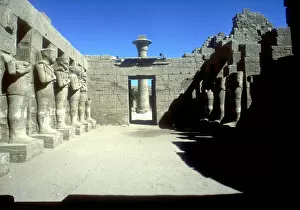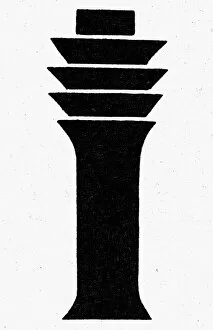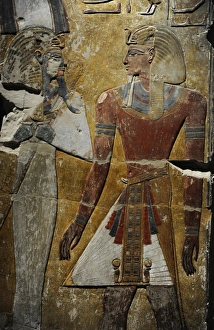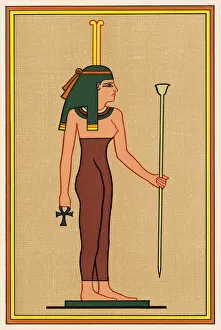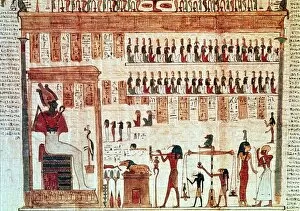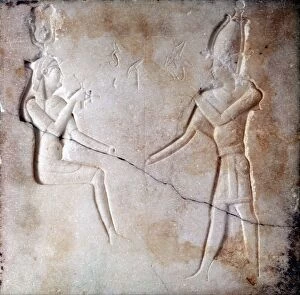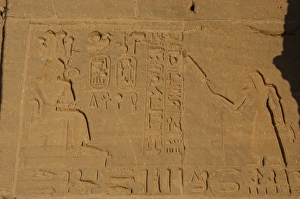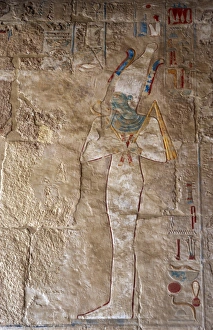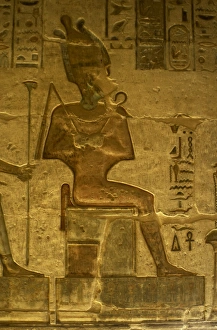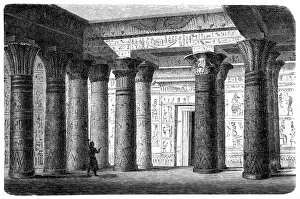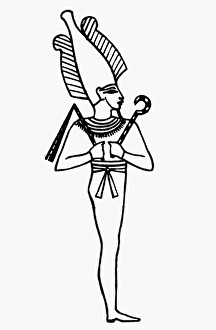Osiris Collection (page 5)
"Unveiling the Mysteries of Osiris: Exploring Ancient Egypt's Beliefs and Afterlife" Step into the world of ancient Egypt
All Professionally Made to Order for Quick Shipping
"Unveiling the Mysteries of Osiris: Exploring Ancient Egypt's Beliefs and Afterlife" Step into the world of ancient Egypt, where religion played a central role in shaping their beliefs about life and death. At the heart of this captivating mythology lies Osiris, one of the most revered Egyptian gods. The Book of the Dead or Papyrus of Any, dating back to around 1275 BCE, offers us invaluable insights into the rituals surrounding Judgement Day and Osiris. This sacred text served as a guide for souls navigating their journey through the afterlife. Osiris, known as the god of fertility and resurrection, held immense significance in Egyptian culture. His story intertwined with that of his wife Isis, forming a powerful duo associated with rebirth and renewal. Within the pages of The Book of Dead Plate 2 and Plate 4 lie vivid illustrations depicting scenes from ancient Egyptian cosmology. These intricate drawings bring to life various aspects related to Osiris' realm - from prayers to offerings made by devoted followers seeking divine favor. Intriguingly titled "The Fumigation of Osiris, " The Book Of The Dead Of Neb-Qued provides further glimpses into religious practices during Egypt's 19th Dynasty. It showcases how Egyptians honored their deities through elaborate ceremonies involving incense offerings. Sobek, another deity mentioned within this context, represents both danger and protection along Egypt's Nile River. Worshipped as a crocodile-headed god associated with fertility and military prowess, Sobek often appeared alongside Osiris in religious iconography. As we delve deeper into these ancient texts like The Egyptian Book Of The Dead or explore artifacts such as those found on Book Of The Dead /11 plate; we begin to unravel layers upon layers that make up this rich tapestry woven by faith-driven Egyptians thousands of years ago. Join us on an enlightening journey through time as we uncover more about Osiris and the intricate web of Egyptian gods.

